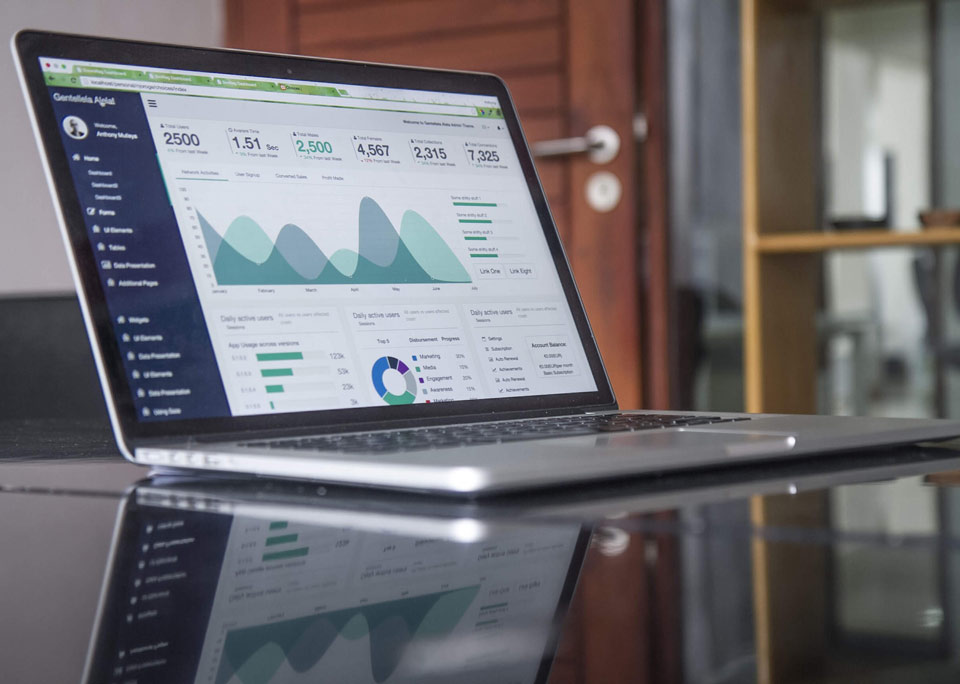“When we were in the office I could always sense how people were doing, if they were overloaded, taking too long on something, or were happy and motivated. It wasn’t any formal system, I just knew.”
Does this sound familiar? One of the biggest challenges of remote working has been maintaining staff performance. In one study, a massive 43% of respondents stated their work was a lower standard than when office based.
In the initial ‘crisis management’ phase there were a number of unique factors at play – it’s hard to work well when you’re using an ironing board as a desk, feeling isolated, home-schooling, or coping with sickness or bereavement.
However, as full or partial remote working becomes ‘business as usual’ it is going to be essential for managers to understand how to sustainably keep remote workers’ performance levels up.
Research into employee performance, both covid-specific and generally, highlights that as much as formal performance monitoring structures it is important to pay attention to levels of engagement and motivation. And this is difficult; without being in the same space frequently, how do managers assess levels of energy and enthusiasm?
In our Remote Leadership Mastery programme we help leaders and managers understand the many problems of shifting to long-term remote and hybrid working, and provide solutions rooted in Positive Organisational Scholarship and strengths-based approaches. We’ve included three of these solutions here:
1. Provide clarity on goals, tasks and expectations
When working remotely there is a greater danger that people head off in the wrong direction, or spending longer on a task than its value warrants. In an office managers can provide ‘course correction’ through informal methods – e.g. ad hoc conversations, overheard conversations and observing behaviour. Indeed, ‘managing by wandering around’ is a well-recognised technique.
When all or part of your team is working remotely, you need to be more purposeful in how you set tasks:
- Are the expectations clear? What is the sought outcome and how will success be measured? It’s important that everyone involved understands the parameters of the task, e.g. whether you want a ‘Ford Fiesta’ or a ‘Rolls-Royce’ solution.
- Is the priority clear? This isn’t just about timescales, it is about quality, effort, focus and managing resources.
- What are the milestones? Not always suitable, but setting review points is a great way of making sure the task is staying on track. This could be a formal review of work completed to date, or just a catch-up conversation.
2. Communicate the purpose
Interestingly, a focus on the purpose and meaning of work was identified by Forbes as one of the 10 biggest business trends for 2021, up there with sustainability and the ‘usual suspects’ of big data, automation and virtual interfaces. When people are working remotely, it stands to reason that they feel more isolated from the company as a whole than when working in an office with colleagues. ‘Silo working’, already a major problem for many organisations pre-covid, is accentuated.
But what does this have to do with performance? Well, studies show that staff perform best when they are engaged, when they see the big picture and understand how their work feeds into it. You’ve probably heard of the story that JFK asked a NASA cleaner “what do you do?” and received the reply “I’m helping put a man on the moon”. Whether true or not, it’s a great illustration of how a clear purpose can unify a workforce – and there are numerous accounts of how NASA’s performance was really enhanced by focusing on this single goal.
Managers can highlight purpose and meaning by:
- Talking about the big picture. In team or one-to-one meetings ensure that everyone knows where the organisation is heading and for whom it makes a difference (e.g. customers, clients, the environment, society as a whole) – and the team members know how their work helps make this happen.
- Make the reason clear when setting tasks. If people understand the overarching purpose they can engage more fully, prioritise better, and are more likely to deliver work that achieves the right outcome.
3. Allocate by strengths
To maximise performance, you want to tap into your team members’ internal motivations. The best way is to identify and harness their strengths – the tasks which they enjoy doing, which they are great at and which they find energising and rewarding.
Look at how you assign tasks:
- Align. Can you align activities with an individual’s strengths?
- Describe. Can you describe the work in such a way that the individual recognises that it will engage their strengths?
- Balance. When setting up a project team (or delegating to multiple staff) do you have the balance of strengths that the work needs?
Does this chime for you?
I hope you find these ideas helpful. It would be great to know how you’ve got on with managing performance during remote working – have you noticed any differences? What has worked for you?
And if you want to know more about successfully managing remote and hybrid teams, check out our Remote Leadership Mastery programme. As many organisations are adopting hybrid or remote working as a long-term strategy rather than as an interim measure, managers will be facing a new set of challenges and risks. Through a series of workshops and one-to-one coaching we’ll provide you with the tools and ideas so that you and your team can thrive in this next ‘new normal’.





